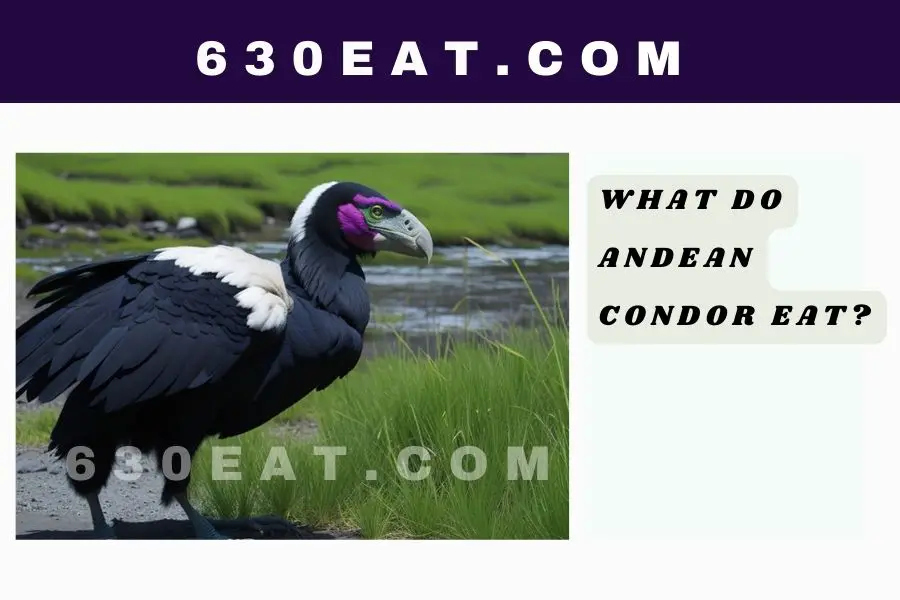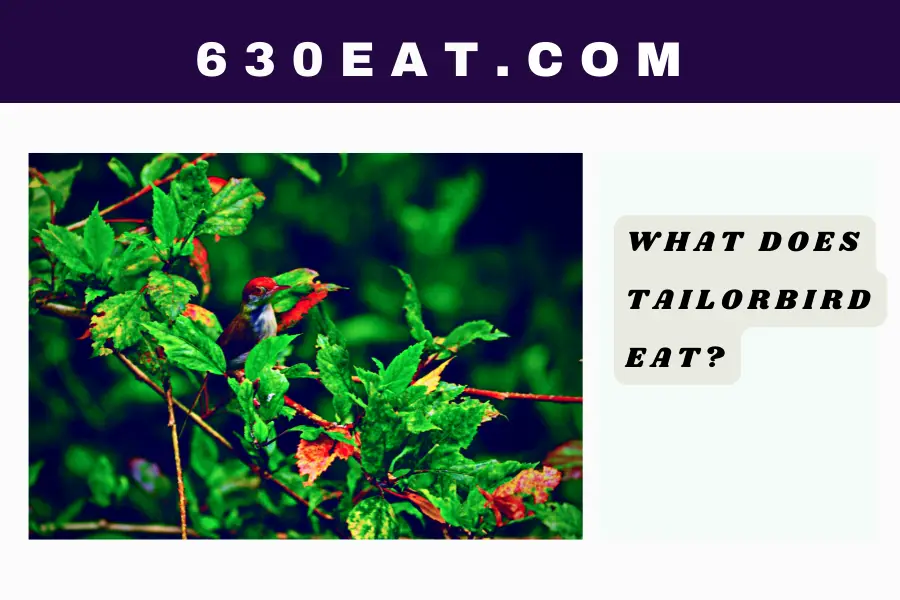Andean Condor This majestic bird is considered one of the largest flying birds in the world, with a wingspan of up to 10 feet. The Andean condor is a scavenger and feeds on various animals, including dead animals and live prey.
In this article, we will explore the habitat, characteristics, diet, feeding habits, and hunting techniques of the Andean condor.
Introduction to the Andean Condor
The Andean condor (Vultur gryphus) is a large bird of prey that is found in the Andes Mountains in South America. These birds are known for their impressive size and beauty, with their black and white feathers and bald heads. They are also known for their ability to soar high in the sky, sometimes at altitudes of over 15,000 feet.
Andean Condor Habitat and Characteristics
The Andean condor is found in the Andes Mountains, from Venezuela to Patagonia. They prefer to live in rocky, mountainous areas and can often be found near cliffs and other high places. These birds are typically black and white, with a bald head and a large, hooked beak. They are also known for their distinctive, V-shaped wings, which they use to soar through the air.
With a wingspan of up to 10 feet, the Andean condor is one of the world’s biggest avians. They can weigh up to 33 pounds and stand up to 4 feet tall. These birds are also known for their long lifespans, with some living up to 70 years in the wild.
Andean Condor Diet and Feeding Habits
As I tell above that the Andean condor is a scavenger and feeds on a variety of animals, including dead animals and live prey. They are often seen circling high in the sky, searching for carrion to feed on. These birds have an excellent sense of smell and can detect the scent of a dead animal from over a mile away.
In addition to carrion, the Andean condor also feeds on live prey, such as rabbits, rodents, and other small animals. They are also known to eat other birds’ eggs and young.
What Do Andean Condors Eat?
The Andean condor feeds on a variety of animals, both dead and alive. Their diet mainly consists of carrion, which they can detect from miles away using their keen sense of smell. They feed on the carcasses of large animals such as deer, cows, and horses, as well as smaller animals such as rabbits, rodents, and other small mammals.
One interesting food source for the Andean condor is the European hare, which is an invasive species in South America. The European hare was introduced to the continent in the early 1900s and has since become a major food source for the Andean condor.
European Hare – An Invasive Species and a Major Food Source for Andean Condors
The European hare (Lepus europaeus) is a species of hare that is native to Europe and Asia. It was introduced to South America in the early 1900s and has since become an invasive species. The European hare is now found throughout South America and is a major food source for the Andean condor.
The Andean condor feeds on the European hare by hunting it or scavenging its carcass. The hare is a particularly important food source for the condor during the winter months when other food sources are scarce.
Andean Condor Hunting and Feeding Techniques
The Andean condor is both a hunter and a scavenger. They use their keen sense of smell to detect carrion from miles away, and they will often circle high in the sky until they locate a food source.
When hunting live prey, the Andean condor will use its large, powerful wings to soar through the air and spot its prey from above. Once the prey has been spotted, the condor will swoop down and grab it with its powerful talons.
Andean Condor Lifespan and Endangered Status
The Andean condor is a long-lived bird, with some individuals living up to 70 years in the wild. Despite their long lifespans, these birds are considered endangered due to habitat loss, hunting, and poisoning.
In the past, the Andean condor was hunted for sport and its feathers, which were used in clothing and headdresses. Today, these birds are protected by law, but they still face threats from habitat loss and poisoning.
Andean Condor Size Compared to Humans and Feather Characteristics
With a wing span of up to 10 feet, the Andean condor is one of the largest birds that can fly. They can weigh up to 33 pounds and stand up to 4 feet tall.
One interesting fact about the Andean condor is that they have a unique feather structure that helps them to stay aloft for long periods of time. Their feathers are lighter and more flexible than those of other birds, which allows them to glide through the air with ease.
Andean Condors Invading Homes – Myth or Reality?
There is a common myth that Andean condors will invade homes and steal food. While this is not entirely true, these birds have been known to scavenge in human settlements and take advantage of food that is left out.
In some cases, Andean condors have been known to enter houses and other buildings in search of food. However, this behavior is rare and is typically only seen in areas where the birds are used to being fed by humans.
Conclusion – Why the Andean Condor’s Diet Matters
In conclusion, the Andean condor is an impressive bird that plays an important role in its ecosystem. Their scavenging and hunting habits help to keep the environment clean and healthy, and their diet is an important part of their survival.
It is important to protect the Andean condor and its habitat to ensure that these birds continue to thrive in the wild. By understanding their diet and feeding habits, we can work to protect these birds and preserve their place in the natural world.



